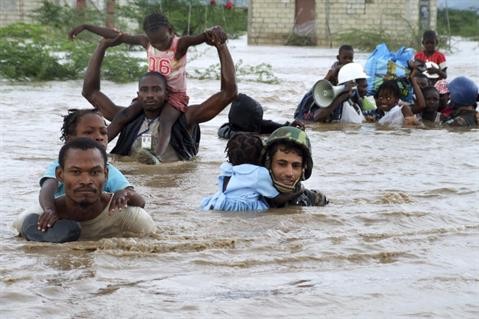Deprecated: Creation of dynamic property ET_Builder_Module_Comments::$et_pb_unique_comments_module_class is deprecated in /home4/readynow/public_html/wp-content/themes/Divi/includes/builder/class-et-builder-element.php on line 1425
Flood Risk Trends Rising
Floods have caused more than a third of natural catastrophe-related fatalities since 2011. And global flooding trends have been on the rise over the past several decades. This increase in flooding can be attributed to a variety of factors, including:
- Climate change: Rising global temperatures are causing more intense and frequent precipitation events, leading to increased flooding in many areas.
- Urbanization: As more people move into cities and build infrastructure, the natural landscape is altered, increasing the risk of flooding.
- Deforestation: Cutting down trees and other vegetation can cause soil erosion and reduce the ability of land to absorb water, leading to more flooding.
- Sea level rise: As global temperatures continue to increase, glaciers and ice caps are melting, causing sea levels to rise, and increasing the risk of flooding in coastal areas.
The world is also navigating its third year of La Niña conditions, which increases the likelihood of hurricanes in North America, floods in Australia, drought and heatwaves in China, and heavier monsoon rains in parts of South Asia. At the same time, climate change is tending to increase weather extremes, with the result that the effects sometimes complement each other”**
Overall, the trend towards more frequent and intense flooding is a cause for concern, as it can lead to significant economic and social impacts, including property damage, displacement of populations, and loss of life. It is important for companies, governments, and individuals to take steps to mitigate the risk of flooding, including better urban planning, improved infrastructure, and measures to address climate change.
*World Bank, June 2022
**Ernst Rauch, Chief Climate Scientist at Munich Re


0 Comments